Fertilizers for herb plants can significantly improve the health of your plants. Understanding why fertilizer application is important and how to do it right encourages strong, healthy growth in herb plants. When you grow herbs, they occasionally benefit from general-purpose liquid fertilizers, organic water-soluble fish emulsions or seaweed fertilizers, or commercial compounds made specifically for herbal plants.
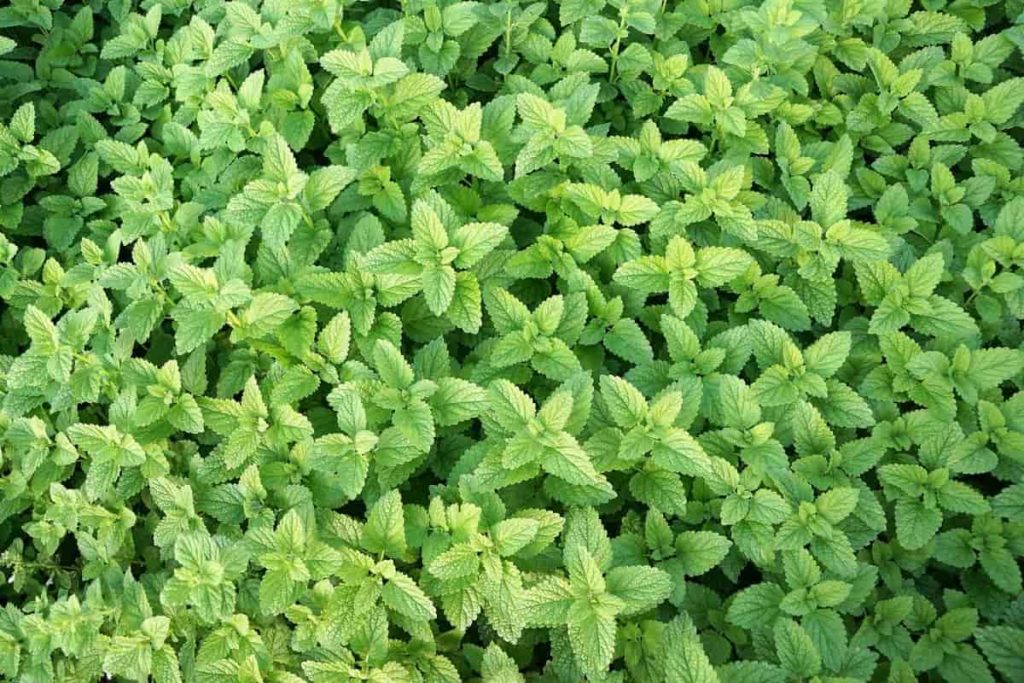
Some growers do not fertilize herbs grown directly in the ground, mainly if they use compost or mulch to grow their plants. If your herbs are getting stronger, they may not need fertilizer. Plants that need fertilization wither or shrink within a week or two of their growth. Let’s check out the best fertilizer for Herbs below.
Importance of fertilizers
All plants contain certain nutrients that are essential for plant growth. These include Nitrogen, Phosphorus, Potassium, Calcium, Sulfur, Magnesium, Sodium, Boron, Chlorine, Manganese, Iron, Zinc, Copper, Molybdenum, and Nickel. Nutrients are found naturally in the soil. As the plants absorb and use them, you must re-add them to the soil using fertilizer. Lack of particular nutrition will cause symptoms of deficiency within your plan, which will affect growth. To facilitate the nutritional needs of plants, many people focus primarily on nitrogen, phosphorus, and potassium.
Whether using home fertilizers or packaged organic fertilizers, it is essential to ensure that herb plants contain the nutrients they need to thrive. Follow the fertilizer instructions packaging for food and use schedule. However, if your fertilizer is not specifically formulated for herbs, halve the amount of food on the package or grow in containers to get the right food for the herbaceous plants that grow in the ground. Reduce the recommended number of herbs to a quarter. Likewise, do not follow the application schedule on the package unless you are using herbal fertilizer only.
In case you missed it: Growing Herbs Hydroponically – Farming Practices
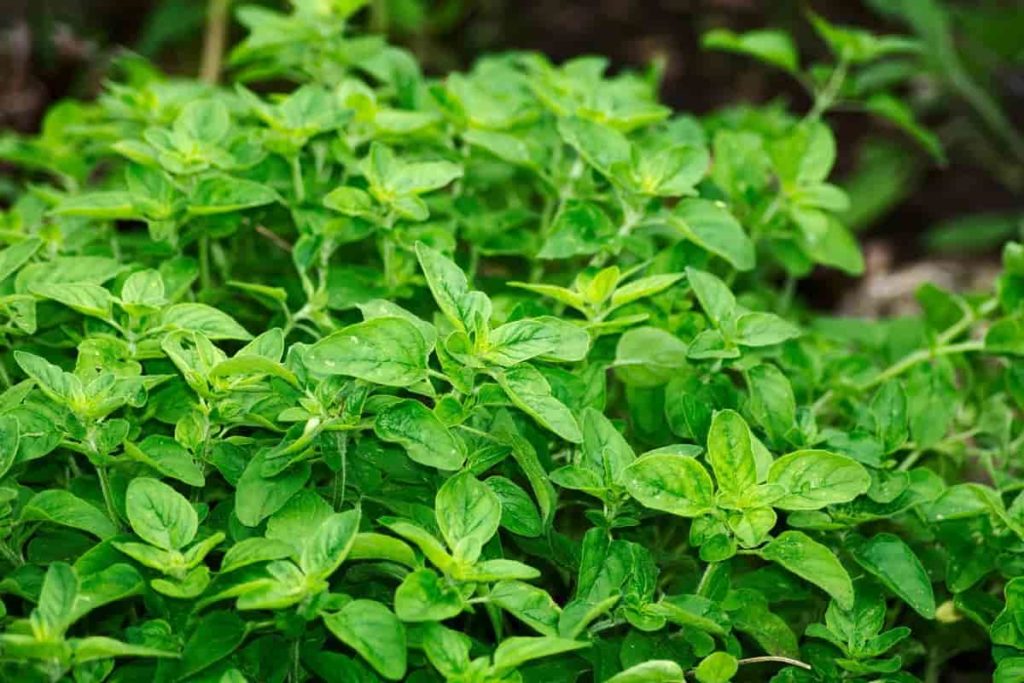
Instead, apply a reduced dose every six weeks in spring, summer, and autumn, and never fertilize in the winter. Giving too much fertilizer to their herb plants does not result in the taste of overly large plants that they do in small sizes. Always apply liquid fertilizer to the plant base, and fertilize in the morning. Plants are stressed by the heat of the afternoon, which prevents them from taking full advantage of the nutrients in the fertilizer if you apply it in the middle of the day or later.
Water your plants before applying fertilizer, even liquid fertilizers that dissolve in water – to prevent the burning of your plant roots with fertilizer. Fertilizer is essential to ensure that the plants grow to their full potential. Once you have decided to grow herbs indoors, you need to choose the right fertilizer. Indoor herbs can benefit from various fertilizers, including granular, liquid, and slow-release fertilizers.
Rich soil is always the best “fertilizer” – It is essential to use organic-rich soils to grow your herbs. We do not recommend that you apply fertilizer immediately after planting your herbs. Fertilizers can change soil properties, including its pH and texture. Most herbs can only grow taller with nutrients in the soil.
Organic fertilizers for Herbs
Plants that grow in soil have ample space to send their roots in search of nutrients. Thus, it is best to lightly feed the plants with a slowly released organic fertilizer or a half-strength solution of organic liquid fertilizer like fish emulsion, kelp, or compost tea. During the growing season, feed the plants with a liquid fertilizer every three to four weeks, or then apply a slow-release organic fertilizer one to three times a year. Use organic, water-soluble fertilizers to stimulate growth. Get a water-soluble organic plant fertilizer.
Although any fertilizer will work, blending with fish oil or seaweed works best for herbs. Avoid liquid fertilizers if possible. They keep nutrients longer than necessary, leading to extra growth after adding herbs. Fish emulsion, worm casting, or mealworm frass are excellent organic options. Slow release or half-strength organic fertilizers are some of the best choices.
In case you missed it: Summer Crops in India – For Vegetables, Flowers, Fruits, Herbs
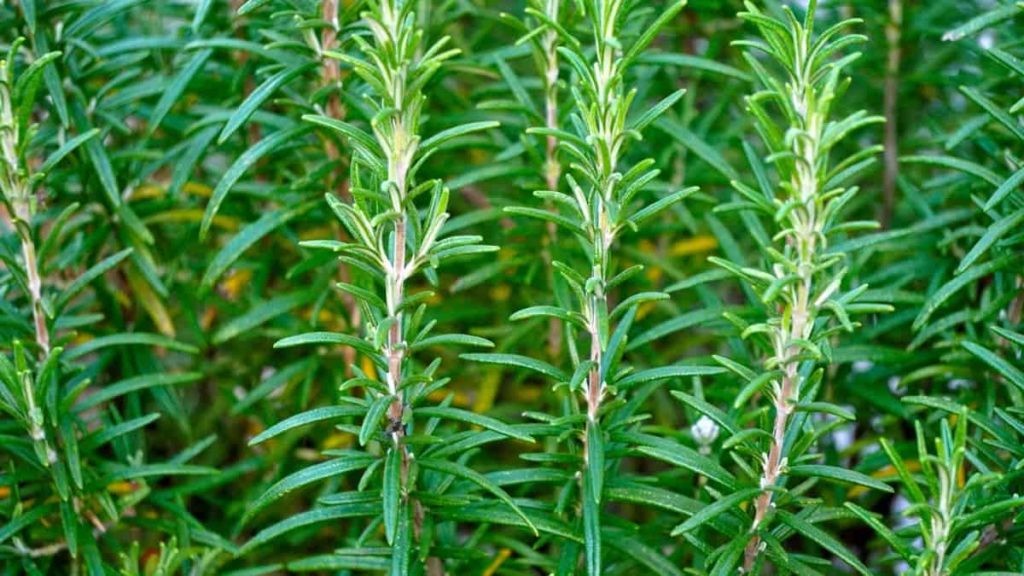
Organic fertilizers for herbs are usually sold as either liquid or granular solids. Liquid herbal fertilizers are meant to be diluted before feeding. You will usually add a little liquid to normal water regularly for the plant. Granular fertilizers also recommend a feeding schedule, but all you have to do is spray the grains on the soil’s surface. Powdered fertilizers for herbs are becoming less common due to dust and mixing.
Do herb plants need fertilizer?
Yes, but not all herbs require the same amount of fertilizer. Herbs come in about two groups;
Slow-growing herb plants with small leaves or needles and fibrous, woody stems belong to the Mediterranean, where they grow in dry, infertile soil. These herbs are usually perennial, such as Bay Leaf, Lavender, Mint, Marjoram, Oregano, Rosemary, Sage, Savory, Tarragon, and Thyme. Fast-growing herbs with large, slender leaves. These can be annual plants such as Basil, Chervil, Borage, Cilantro, and Dill; biannual herbs like Parsley; Or perennials like Chives.
The first group usually requires less fertilizer than the second group of herbs. You can fertilize herbs at any time of the day, but never feed them if they are drooping or under stress. Fertilizing herbs that are stressed can cause severe damage or kill them.
How to fertilize Herbs
If using liquids, mix the fertilizer solution at half the rate according to the instructions on the label. Use plain water to reduce liquid concentration. If using granular products, apply at half the rate listed. Granular fertilizer can be spread on potting soil or mixed with water, depending on the formula. Granular fertilizers need to be watered in the growing media. After installation, water the vessel thoroughly until the water comes out of the drainage holes in the container. Fertilize every six weeks during spring, summer, and fall. Container-grown herbs do not require fertilizer in winter, even when grown indoors—the shorter the day length, the slower the plant’s growth.
Liquid fertilizers
Liquid fertilizers are accessible in liquid form and work fast. Herbs absorb liquid fertilizers quickly and do so in a short period. Liquid fertilizers are not suitable for herbs because they can be rapidly absorbed. They do not last as long as granular fertilizers. Water-soluble fertilizers can be quickly absorbed, perfect for providing instant nutrients to herbs. But the plants do not last as long as granular varieties, so they need to be applied more frequently. Below are some of the best liquid options for fertilizing herbs;
- Liquid kelp seaweed
- Compost tea concentrate
- Worm castings tea
- Compost tea bags
- Fish emulsion
In case you missed it: Contract Farming In India -For Crops, Vegetables, Fruits, Herbs
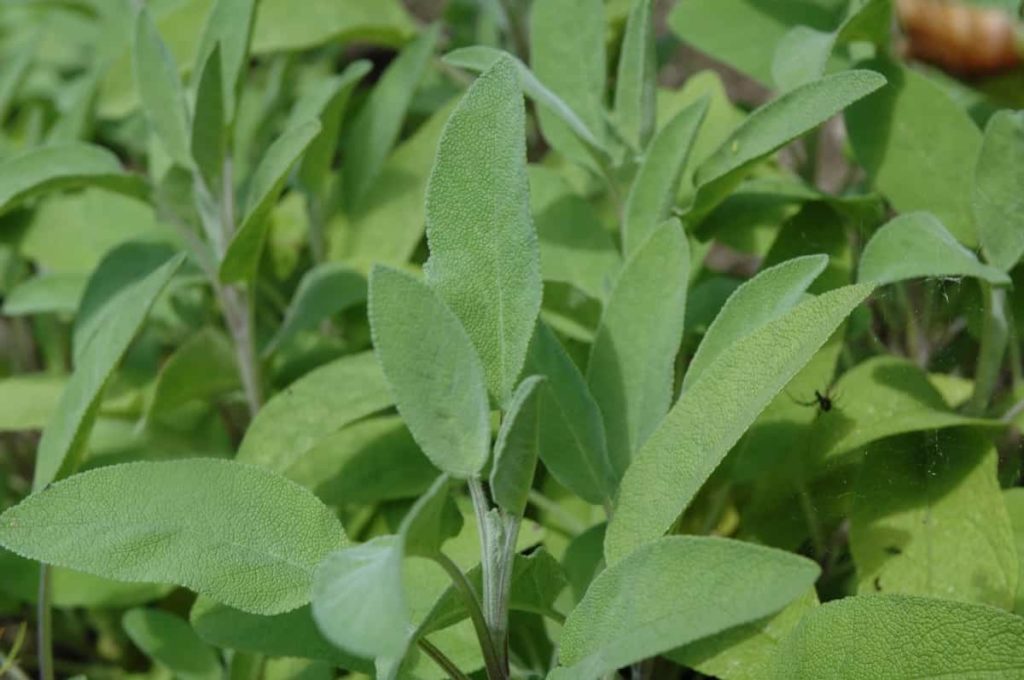
What kind of nutrients do Herbs need?
Start by planting herb plants in healthy soil rich in organic matter. They will benefit from an organic, slow-release fertilizer that contains equal amounts of macronutrients nitrogen, phosphorus, and potassium. Gently releasing fertilizer is especially important if your garden has sandy soil as nutrients are quickly depleted. Also, you can apply fish emulsion, an organic fertilizer high in nitrogen, with an NPK ratio of 4-1-1 or 5-1-1.
How often should I fertilize Herbs?
The frequency of fertilization follows the pattern of herbal growth. In moderately fertile soils, it is usually sufficient to balanced fertilizer application in the spring when they break dormancy or when the new germination season begins. A light monthly fertilizer application of a slow-moving full fertilizer should suffice for other herbs – until the leaves turn yellow, which may be a sign of nitrogen deficiency. In this case, applying a fish emulsion is an immediate solution, but before you reach for a bottle of fertilizer, rule out that the yellowing of the leaves is not due to anything else.
Plants need three nutrients (NPK): nitrogen, phosphorus, and potassium, found in fertilizers. The higher the number, the higher the concentration of nutrients in the fertilizer.
Is it possible to add more fertilizer to Herbs?
Excessive fertilization of herbs usually leads to excess nitrogen, which has undesirable consequences, especially for slow-growing herbs. For Basil and other thin-leaf herbs, nitrogen-based leaf growth is good because you want your plants to be green. However, for Rosemary and other Mediterranean herbs, rapid growth means less concentration of essential oils, which makes herbs less fragrant and tastier.
In case you missed it: Backyard Herbs Farming – A Full Guide
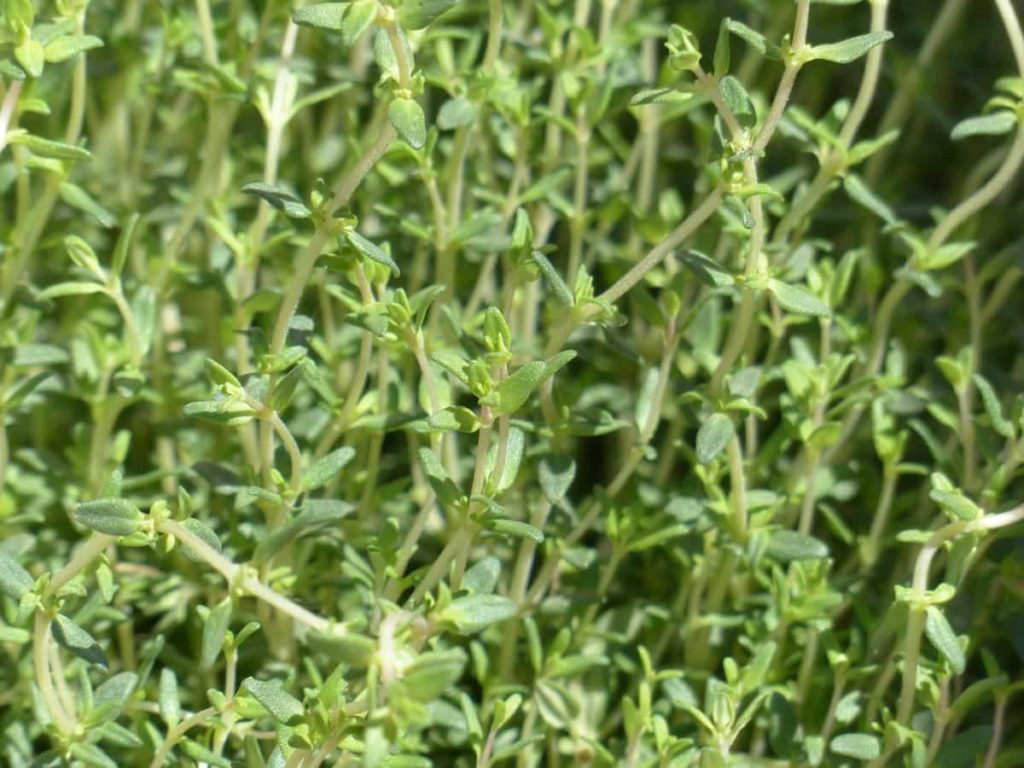
Fertilize herbs as needed once every 3-6 months. If you notice that your herbs dry out and wither 1-2 months after planting, you may need a regular dose of fertilizer to keep them healthy and vigorous throughout the year. Fertilize plants every 3-6 months to maintain your herbs as needed.
Best fertilizer for Herbs
The best fertilizer to use for herbs is rich in nitrogen, encouraging strong leaf growth. Please stay away from those high in phosphorus, as it promotes flowering. Also, it is always better to use natural products instead of chemical products. Artificial fertilizer removes the natural nutrients from the soil, which is not suitable for the plant’s long-term health. Also, they are very easy to use, which can damage plants and burn fertilizer. Organic products work with nature, rich in nutrients in the soil and plants. There are many great options for organic herb fertilizers on the market these days, and they are all very easy to use.
Tips for fertilizing Herb plants
For best results, fertilize herbs at the beginning of their growth cycle. Most herbs will start sprouting in early spring. It is the best time of the year to fertilize herb plants. Thus, herbs will benefit from nutrients when they are most in need of nutrients at the time of year. Herbs that remain dry after peeling can be fertilized regularly. Use a 3-, 4- or 6-month cycle to fertilize these plants regularly. Start cycling in early spring so you can return to fertilize your herbs every year at the height of growth.
Avoid fertilizing clean plants to retain flavors. Do not fertilize any of the herbs you intend to use as food. Fertilizer can make herbs bigger, but it will absorb most of the flavors in herbs and make them tasteless and bitter. Avoid adding fertilizer if you have herbs like Mint, Theme, Chives, Oregano, or Basil. Instead of using fast-acting fertilizers, top dressing your herbs with fertilizer is a great way to keep your soil healthy.
In case you missed it: Organic Herbs Farming for Profit in India
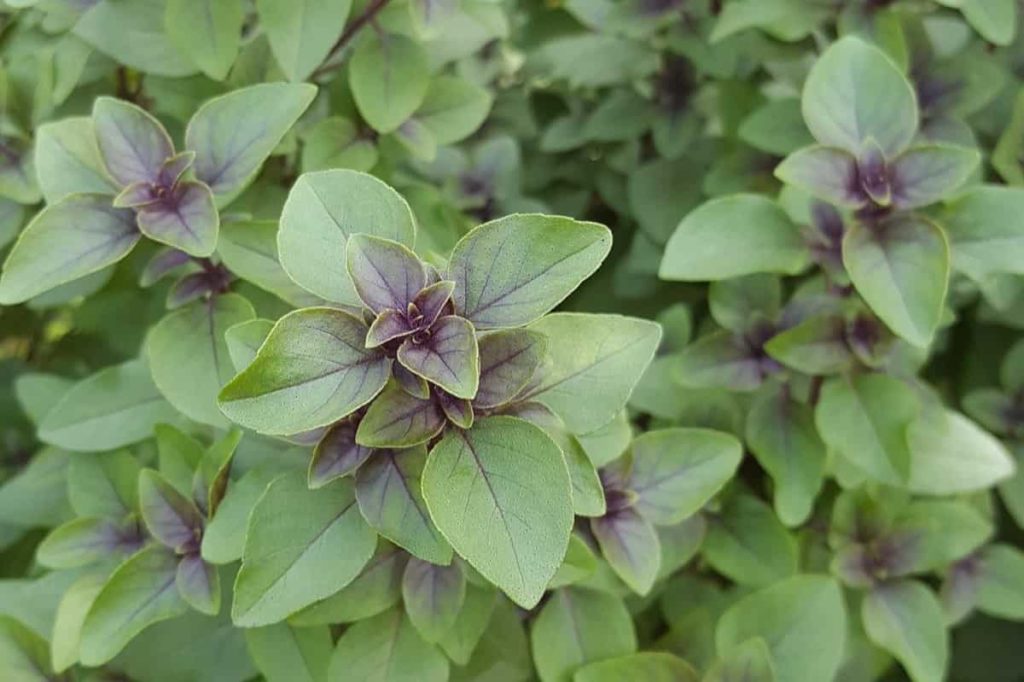
Fertilizer works slowly, so you need to apply it to your soil for several weeks before the herbs go hungry. There are many benefits to topdressing plants in addition to feeding. For example, top dressing can protect the roots from weather fluctuations by stabilizing the soil temperature. If you want to prevent herbs from flowering, you need to reduce the food you are giving them. It is excellent, and sometimes it is essential to feed your herbs after cutting. Abundant nutrients are necessary to replant all the stems and leaves lost after pruning your plant.
Carefully apply a light fertilizer for herb plants. Too much fertilizer forces the plant to grow faster. Rapid plant growth reduces the concentration of essential oils in the leaves of fresh herbs, resulting in reduced flavor. Do not fertilize the leaves. It can burn plants. Avoid compost, compost tea, or fish emulsion on your herb plants.
Fertilize hydroponic Herbs
The best hydroponic nutrients contain minerals and essential elements necessary in plant life, such as nitrogen, phosphorus, and potassium. These fertilizers are essential for herb plants to grow and bloom. Fertilizer requirements for hydroponically grown herbs are very different from those produced in soil or potting mix. They require regular and frequent fertilization every two weeks or, as your hydroponic system directs, using special fertilizers for herbs.
Hydroponically grown Basil is deficient in magnesium, as the water in which plants are grown or fertilized does not provide enough magnesium. This micronutrient deficiency manifests itself as chlorotic yellow leaves, usually between the leaf veins. To fix this, add a liquid magnesium supplement, which is generally sold as a combination of calcium and magnesium, and then follow the instructions on the label.
Some of the herbs you can grow in the hydroponic system are Rosemary, Sage, Basil, Mint, and Lemon Balm. In addition, it is essential to keep in mind that herbs that are grown hydroponically have no soil exposure. Therefore, it is necessary to use proper growth media and nutrition solutions. Fortunately, you can use various growth media to grow your herbs hydroponically. What’s more, you can also grow them directly in a nutritional solution.
- Types of Pesticides Used in Agriculture: A Beginner’s Guide
- Economical Aquaculture: A Guide to Low-Budget Fish Farming
- 15 Common Planting Errors That Can Doom Your Fruit Trees
- How to Make Houseplants Bushy: Effective Tips and Ideas
- Innovative Strategies for Boosting Coconut Pollination and Yield
- Pollination Strategies for Maximum Pumpkin Yield
- The Complete Guide to Chicken Fattening: Strategies for Maximum Growth
- Natural Solutions for Tulip Problems: 100% Effective Remedies for Leaf and Bulb-Related Issues
- Revolutionizing Citrus Preservation: Towards a Healthier, Greener Future
- Natural Solutions for Peony Leaf and Flower Problems: 100% Effective Remedies
- Maximizing Profits with Avocado Contract Farming in India: A Comprehensive Guide
- Natural Solutions for Hydrangea Problems: 100% Effective Remedies for Leaf and Flowers
- The Ultimate Guide to Choosing the Perfect Foliage Friend: Bringing Life Indoors
- From Sunlight to Sustainability: 15 Ways to Use Solar Technology in Agriculture
- The Ultimate Guide to Dong Tao Chicken: Exploring from History to Raising
- The Eco-Friendly Makeover: How to Convert Your Unused Swimming Pool into a Fish Pond
- Mastering the Art of Delaware Chicken Farming: Essentials for Healthy Backyard Flocks
- 20 Best Homemade Fertilizers for Money Plant: DIY Recipes and Application Methods
- How to Craft a Comprehensive Free-Range Chicken Farming Business Plan
- Brighten Your Flock: Raising Easter Egger Chickens for Beauty and Bounty
- How to Optimize Your Poultry Egg Farm Business Plan with These Strategies
- Subsidy for Spirulina Cultivation: How Indian Government Schemes Encouraging Spirulina Farmers
- Ultimate Guide to Raising Dominique Chickens: Breeding, Feeding, Egg-Production, and Care
- Mastering the Art of Raising Jersey Giant Chickens: Care, Feeding, and More
- Ultimate Guide to Raising Legbar Chickens: Breeding, Farming Practices, Diet, Egg-Production
- How to Raise Welsummer Chickens: A Comprehensive Guide for Beginners
- How to Protect Indoor Plants in Winter: A Comprehensive Guide
- Ultimate Guide to Grow Bag Gardening: Tips, Tricks, and Planting Ideas for Urban Gardeners
- Guide to Lotus Cultivation: How to Propagate, Plant, Grow, Care, Cost, and Profit
- Agriculture Drone Subsidy Scheme: Government Kisan Subsidy, License, and How to Apply Online
- Ultimate Guide to Raising Araucana Chickens: Breed Profile, Farming Economics, Diet, and Care
- Bringing Hydroponics to Classroom: Importance, Benefits of Learning for School Students
- Ultimate Guide to Raising Polish Chickens: Breed Profile, Farming Economics, Diet, and Care
- Ultimate Guide to Raising Australorp Chickens: Profile, Farming Economics, Egg Production, Diet, and Care
- Silkie Chicken Farming: Raising Practices, Varieties, Egg Production, Diet, and Care
- Sussex Chicken Farming: Raising Practices, Varieties, Egg Production, Diet and Care